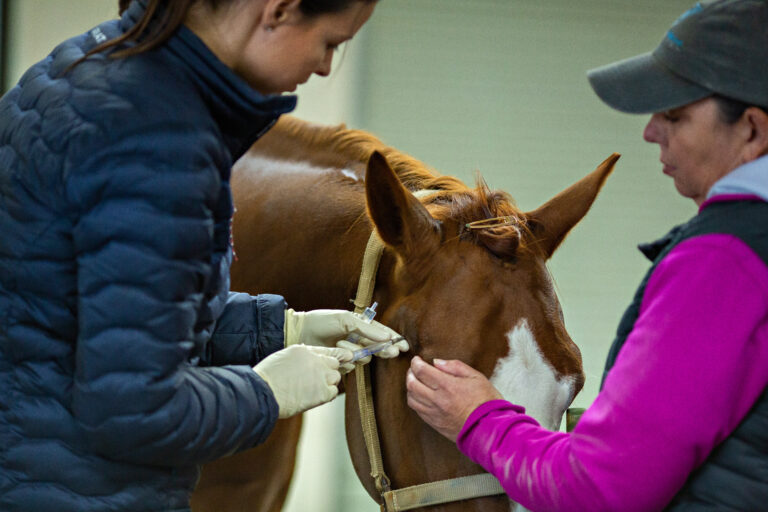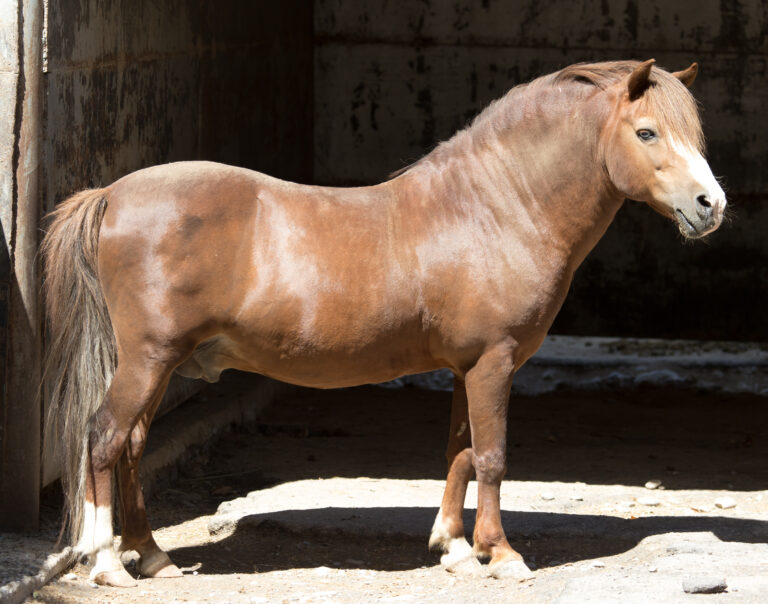
Equine piroplasmosis is a tick-borne disease caused by the intra-erythrocyte protozoan parasites Babesia caballi and Theilertia equi (formerly Babesia equi). The ticks ingest blood from infected equine, then bite uninfected equine, spreading the disease through blood contact. The protozoan parasites that cause equine piroplasmosis can also be transmitted from one animal to another through iatrogenic means, such as sharing needles, syringes, blood transfusions, and even through contaminated shared multi-dose vials of products.
Equine piroplasmosis is still considered a non-endemic foreign animal disease by the USDA, according to Angela Pelzel-McCluskey, DVM, MS, who is an equine epidemiologist with the Surveillance, Preparedness, and Response Services in the USDA-APHIS Veterinary Services group. She said there is an active piroplasmosis surveillance, identification and treatment program in the United States.
“We have identified, treated and cleared more than 300 U.S. horses that had equine piroplasmosis,” said Pelzel-McCluskey.
According to the USDA, there are several tick species in the U.S. known to be competent vectors for either B. caballi or T. equi. The only known natural vector equine piroplasmosis in the United States is the tropical horse tick, Anocentor (Dermacentor) nitens, with limited populations found only in the deep south of Texas and only capable of transmitting B. caballi.
B. caballi and T. equi have been experimentally transmitted by at least four other U.S. tick species: D. albipictus (the winter tick), D. variabilis (the American dog tick), Boophilus microplus (the southern or tropical cattle tick), and Amblyomma cajennense (now called Amblyomma mixtum; for more information on this last-named tick please see the article linked below).
But, unfortunately, most piroplasmosis cases in the United States occur because of illegally imported horses or “silent” carriers that share the protozoal parasites through human mis-management.
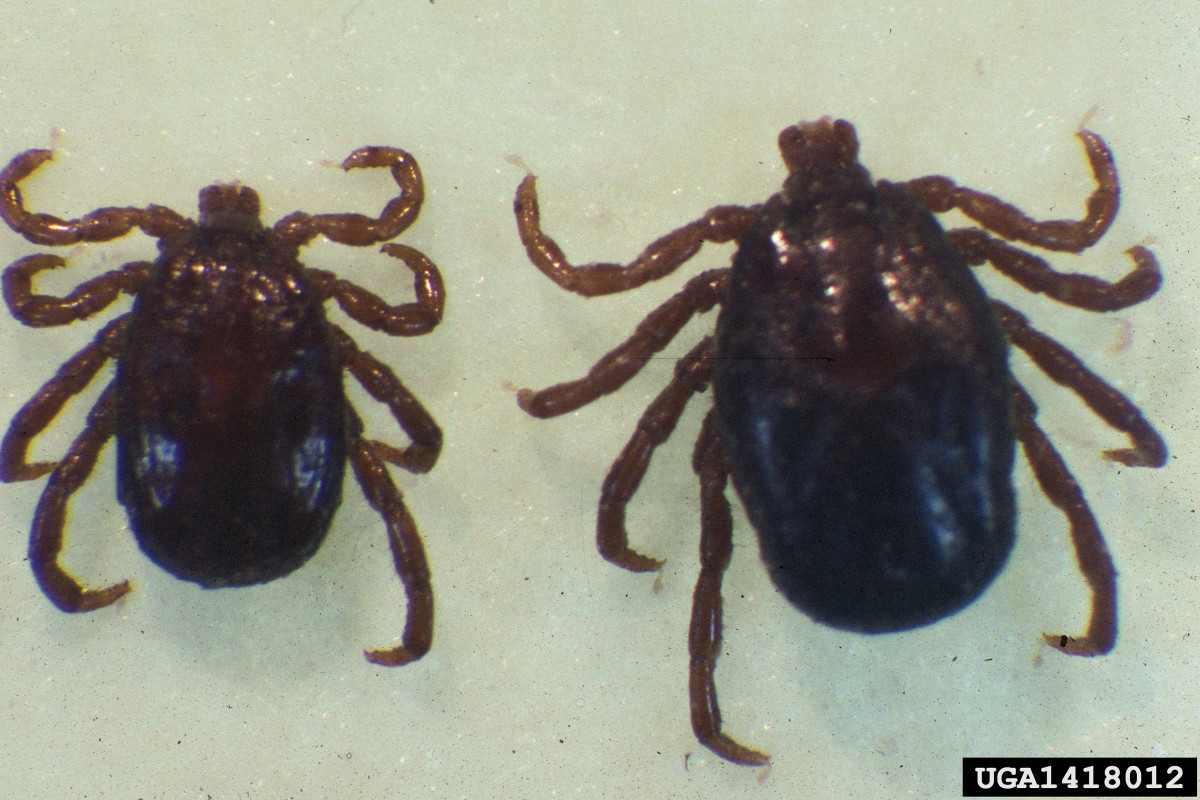
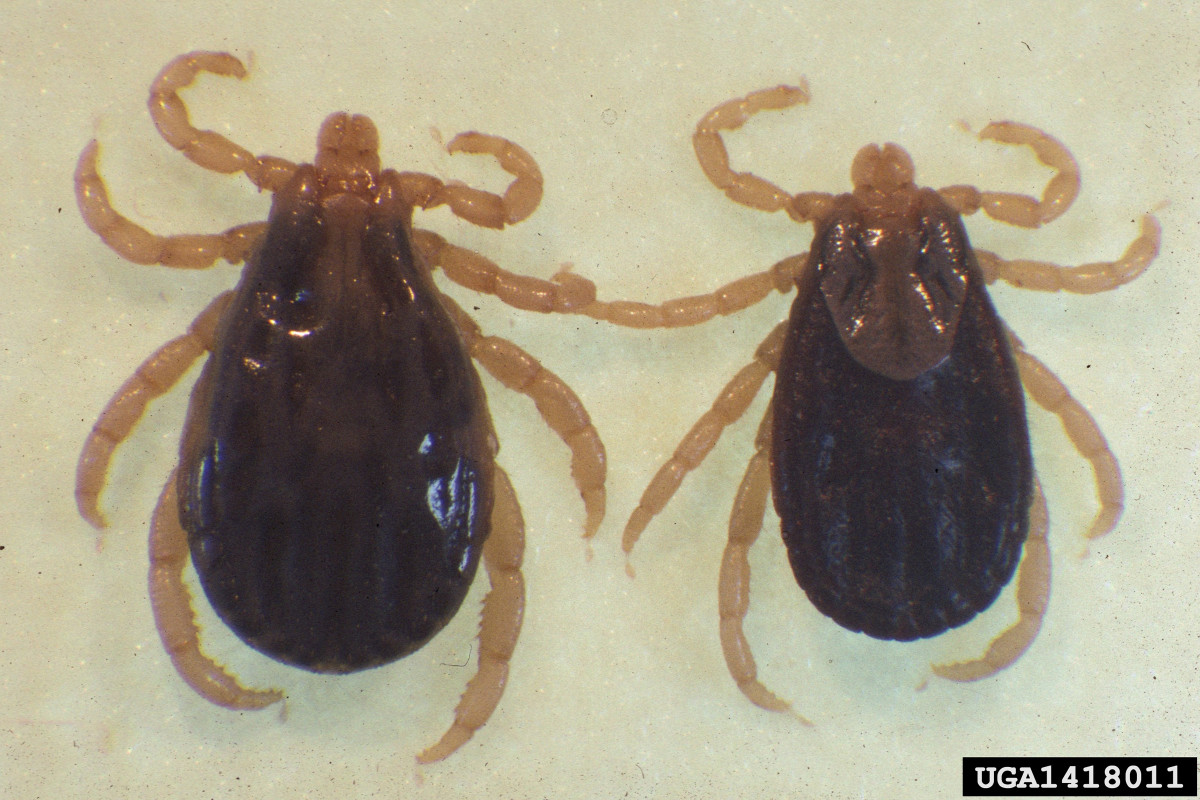
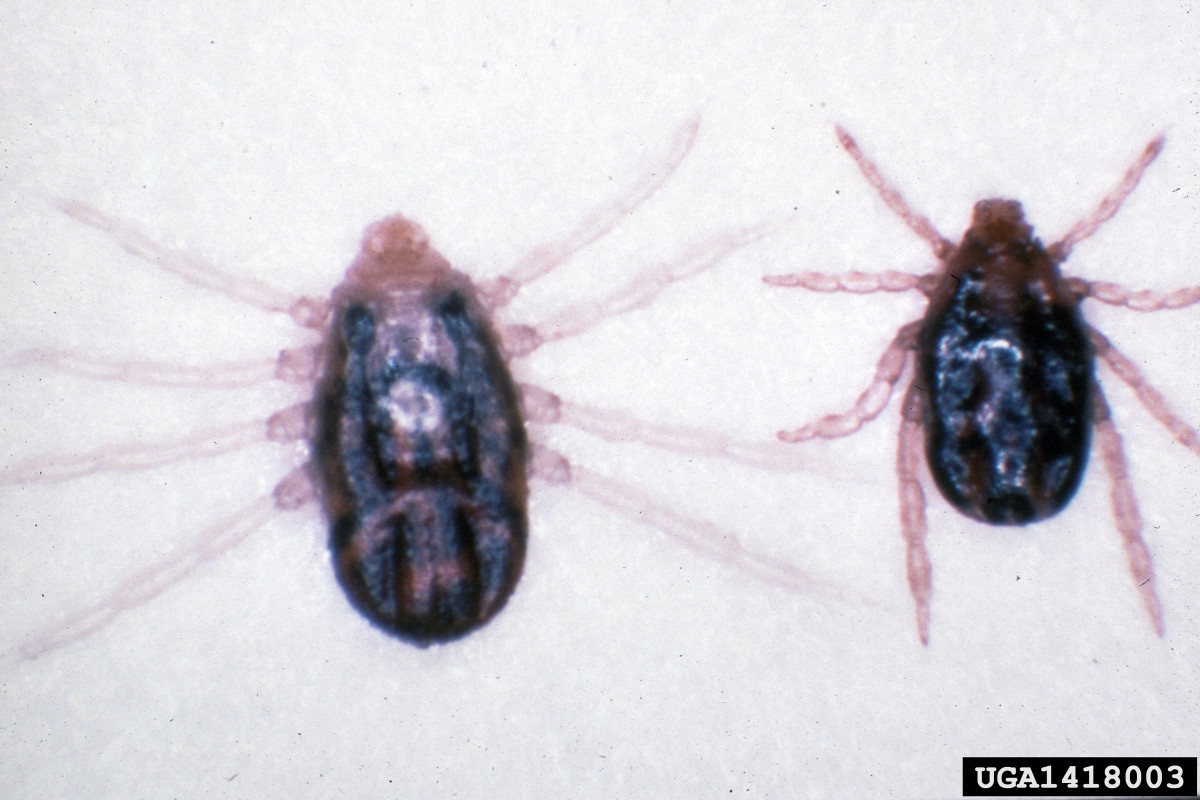
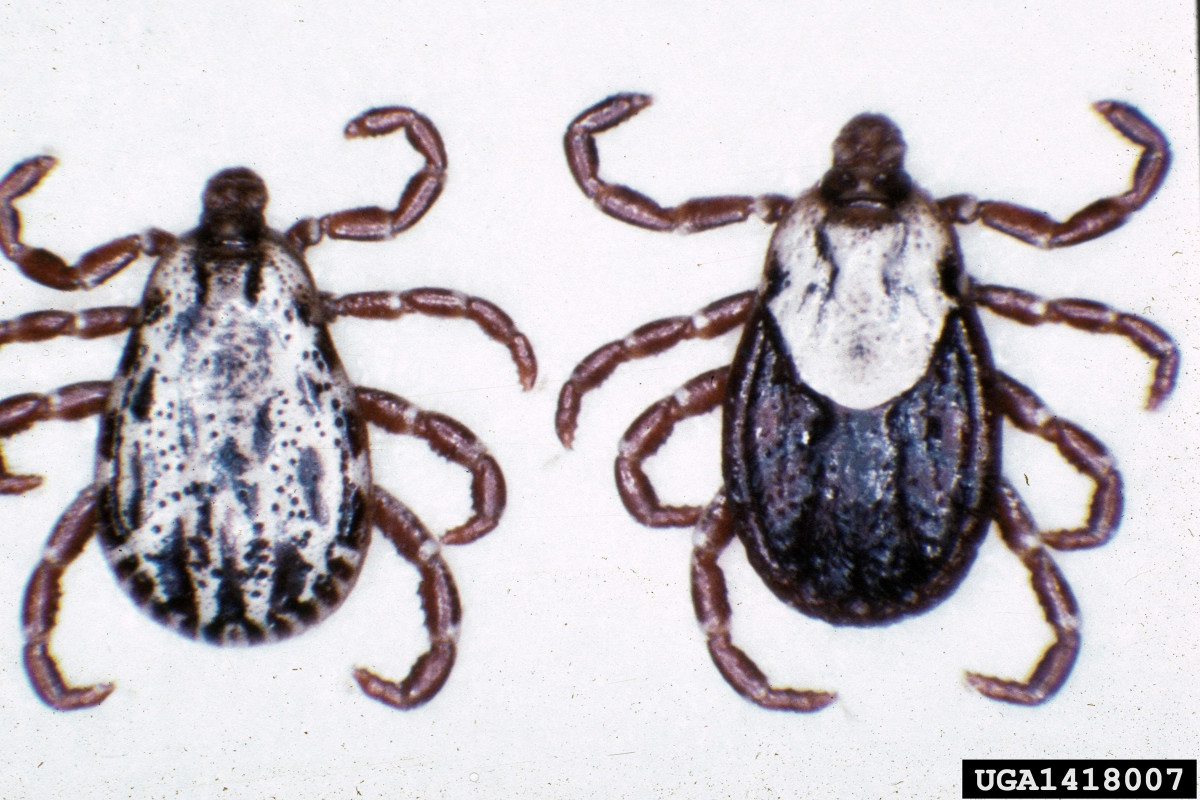
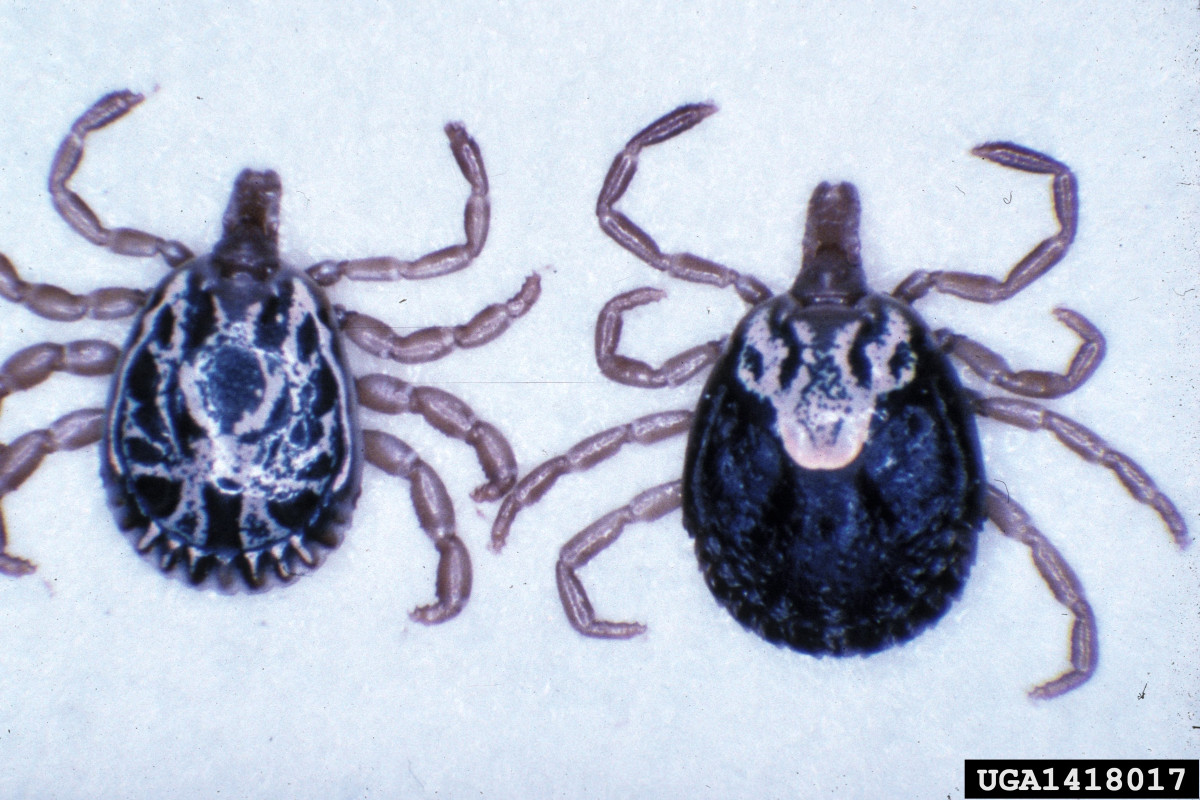
Piroplasmosis in the United States
While there are not many cases of equine piroplasmosis in the United States, it is not unusual for there to be positive cases caught by the USDA’s surveillance net.
Peter Timoney, MVB, MS, PhD, FRCVS, is the Frederick Van Lennep Chair in Equine Veterinary Science at the University of Kentucky’s Gluck Equine Research Center. Timoney is one of the world’s authorities on infectious and contagious diseases in horses. Timoney said that while the vast number of horses tested for piroplasmosis in the United States are negative, there are some positive cases. He said there is really no way to determine the extent of the population of positive horses in the United States because many of the positive horses are racing at illegal or “bush” Quarter Horse track meets where state and federal governments do not have testing in place.
“We are not looking at ‘natural’ transmission in most cases” of positive horses, he emphasized.
Pelzel-McCluskey has worked with Timoney for many years on various infectious and contagious disease issues, including piroplasmosis. She agreed that a major problem in eradicating piroplasmosis in the United States is because many of the positive horses are beyond the reach of USDA since the horses are racing at unsanctioned events where government testing doesn’t exist.
“We don’t have any idea the size or scope of the ‘unsanctioned’ racing industry in the U.S.,” said Pelzel-McCluskey. “But we have found positive horses and unsanctioned racing in many states. That includes states without sanctioned racing. And that makes it hard to establish testing requirements without sanctioned tracks.
“A lot of positive piroplasmosis cases have crossover involving illegal bush track racing or people/horses coming from Mexico,” continued Pelzel-McCluskey. “Equine infectious anemia (EIA) and piroplasmosis are endemic in Mexico. Ultimately, our southern neighbor is our most common source when clusters (of these diseases) begin in the U.S.”
Pelzel-McCluskey said it is common for racehorses at the bush tracks to receive frequent and repeated injections of drugs, compounds and “blood doping” that involves re-use of needles, syringes and IV equipment. That is the perfect set-up for transmission of blood-borne diseases.
“We know people have used IV sedatives on some of these horses,” she said. “Then if the horse doesn’t get ‘sleepy’ enough, they stick the same needle back in a 50 or 100 ml bottle and draw up some more. That contaminates the whole bottle with blood and blood-borne pathogens like EIA and piroplasmosis. So, anyone who dispenses from that bottle is then playing Russian roulette. That transmission is completely preventable.”
She said because of that reuse of needles and syringes that the USDA has found clusters of positive horses belonging to single owner or trainer. “It’s the management practices of that owner or trainer that lead to clusters of disease,” she said.
However, about half of the U.S. positive piroplasmosis-positive horses are found at sanctioned Quarter Horse racetracks, Pelzel-McCluskey said. “Horses are moving between bush track and sanctioned racing, or horses that have been racing in Mexico are entering sanctioned racing events in the U.S. and are not entering the country legally. That’s how we have found the majority of cases is through established surveillance on sanctioned tracks. Then we test all horses from those owners and trainers and find many more positive horses that way.”
Nine states with sanctioned Quarter Horse racetracks require testing for piroplasmosis prior to admittance to the property.
She said of the racehorses crossing the border illegally from Mexico into the United States, some originated in the United States. That means they were registered Quarter Horses, some with tattoos.
However, in the bush track scenario, “typically horses have ‘lost’ their registered identity,” said Pelzel-McCluskey. “That makes traceback difficult. Horses are either not registered, have owners who try to hide the identity of the horse, or the horses have had their tattoos altered.”
The USDA is focused on the Quarter Horse racing population and keeping the sanctioned racing population clean while figuring out how to infiltrate the bush track problem. “There are many layers of illegal problems we have to navigate,” said Pelzel-McCluskey of the bush track racing situation.
When asked about the potential for piroplasmosis problems in the Thoroughbred racing industry, Pelzel-McCluskey said they had found a small number of piroplasmosis-positive Thoroughbreds. “Some of them were imported prior to 2005, when we switched testing to be more sensitive,” she said. The other scenario when they have found positive racing Thoroughbreds were horses that were stabled and managed with racing Quarter Horses that were also infected.
“We tested the sanctioned Thoroughbred racing population in 2010 and 2011 and found few problems there,” she said.
Texas Ranch Piroplasmosis Scenario
In 2009, 413 horses associated with a single Texas ranch were found positive for equine piroplasmosis. Many horses were euthanized and 163 horses were treated and eventually cleared of the disease. The federal government is satisfied that piroplasmosis was eradicated from that ranch.
“I think from the Texas ranch outbreak, we learned how difficult it is to get transmission from ticks and that it takes a long period of time and some specialized circumstances, so we feel good about that.”
The USDA-APHIS published a paper in 2011 about this outbreak. Following is an excerpt: “We report an outbreak of equine piroplasmosis in southern Texas, USA, in 2009. Infection prevalence reached 100% in some areas (292 infected horses). Amblyomma cajennense was the predominant tick and experimentally transmitted Theileria equi to an uninfected horse. We suggest that transmission by this tick species played a role in this outbreak.”
Here is a link to a PDF of that paper: /wp-content/uploads/2022/06/a-cajennense-paper_eid_final-press-copy-permission-to-reprint.pdf.
WEG and International Horse Movement
There are places in the world where piroplasmosis is endemic, and there are ticks in the United States that are competent vectors of B. caballi and T. equi. Therefore, when horses request to enter the United States from overseas, the government lists piroplasmosis among the diseases tested for.
For an event such as the WEG Tryon 2018, there will be federal waivers given for piroplasmosis-positive horses to enter the United States to compete. And state and federal officials have put into play a series of strategies to mitigate the possibility of disease spread among the competitive horses or to U.S. horses.
“There have been a tick risk assessment and a full-blown epidemiological assessment to look at risks and pathways for piroplasmosis in horses,” said Pelzel-McCluskey. “We have focused on where we have ticks, which is mostly in endurance and when horses are not in arenas.
“A great deal of work has gone into doing tick surveys and small mammal surveys to see what ticks are there (in North Carolina),” she continued. “Piroplasmosis-positive horses will be segregated, and there will be constant monitoring of those horses for ticks and the use of insecticides to kill ticks.”
As for the grounds used in competitions, Pelzel-McCluskey said that in general, they have been grooming and mowing grass to low levels to remove tick habitats from the courses. They have removed brush and used that ‘groomed’ area as a barrier to “push back” any wildlife or ticks into off-course foliage. Those are the main mitigations to grounds.
She said the government Import/Export staff has overseen all of the mitigation work, which includes catching wildlife and determining tick populations. The group that does the animal and tick collections is the Southeast Cooperative Wildlife Disease Survey group, which is an Agricultural Research Service partner. “They do all of our tick collections when we have tick or vector studies,” said Pelzel-McCluskey. “They handle the animal capture and tick identification.”
Other Diseases of Concern
Interestingly, piroplasmosis is not at the top of the list of diseases that veterinary officials planning and overseeing the horses at WEG Tryon 2018 will be concerned about. Pelzel-McCluskey said that when horses have been transported and stressed, there is the possibility of them contracting other diseases while their immune systems are diminished, and there is the concern that a non-symptomatic horse will spread a disease at the event.
“Respiratory diseases have to be at the top of that list,” said Pelzel-McCluskey. “We’ve had U.S. outbreaks of equine herpesvirus myeloencephalopathy (EHM, or neurologic herpesvirus caused by EHV type 1). There also is concern for influenza and EHV-4 respiratory disease.
The problem of a respiratory disease spread could arise because a non-clinical shedder of a disease could recrudesce due to the stress of travel and become a shedder of a contagious pathogen.
Pelzel-McCluskey said respiratory disease spread is very hard to control because of aerosol transmission and the movement of people between barns. “Usually a respiratory disease has spread between barns before we even know there is a problem,” she said.
Biosecurity Plans for All
While an event such as WEG Tryon 2018 has a time-tested biosecurity plan in place for an international event, and multiple trained veterinarians and disease experts on hand during the event, every horse farm owner, stable manager and equine practitioner needs to understand biosecurity. (Editor’s note: For more on the planning and execution of WEG biosecurity, please watch for the accompanying article USDA’s WEG Tryon 2018 Equine Piro Protection.)
Pelzel-McCluskey said that “every show, event and barn need a biosecurity plan for contagious/infectious disease when horses gather from different parts of country and world. Then you combine that with the stress of travel…you need an isolation location for sick horses and plans and procedures on what do. If that plan is not in place, then things can get pretty ugly.
“Owners need to do better job with personal biosecurity,” she emphasized. “We need everyone doing their part. Identify sick horses as quickly as possible and have plans, procedures and biosecurity in place.”
For veterinarians, horse farm owners and managers, and event coordinators, there is an equine biosecurity toolkit provided free from the California Department of Food and Agriculture (https://www.cdfa.ca.gov/ahfss/Animal_Health/Equine_Biosecurity.html#tool).
“You can download this and put your own contact information on it and your own procedures…it’s not copyrighted,” said Pelzel-McCluskey. “Equine event managers need a resource like that as well as needing to work with an accredited veterinarian to plan and prepare the facility for an event.”
Click here for complete health and veterinary aspects of #Tryon2018. Coverage of the FEI World Equestrian Games™ Tryon 2018 is brought to you by KindredBio.

